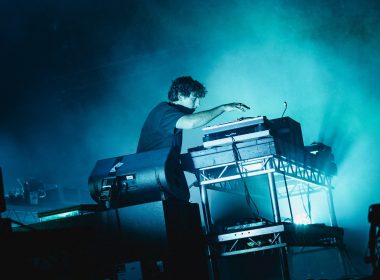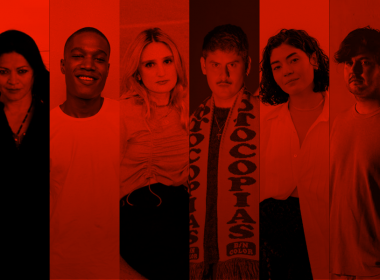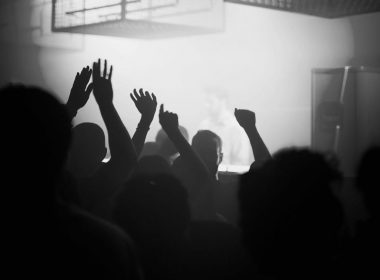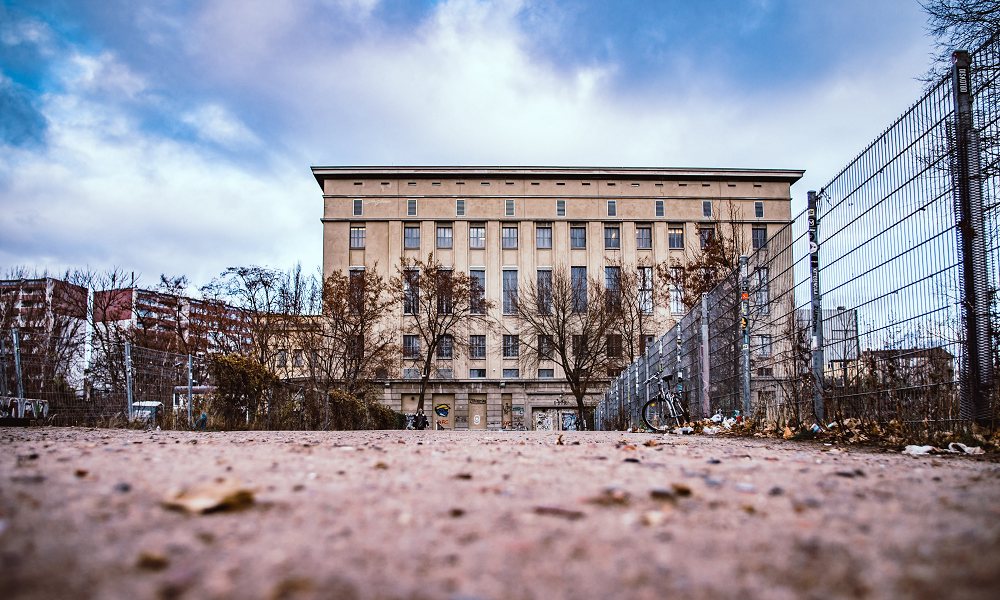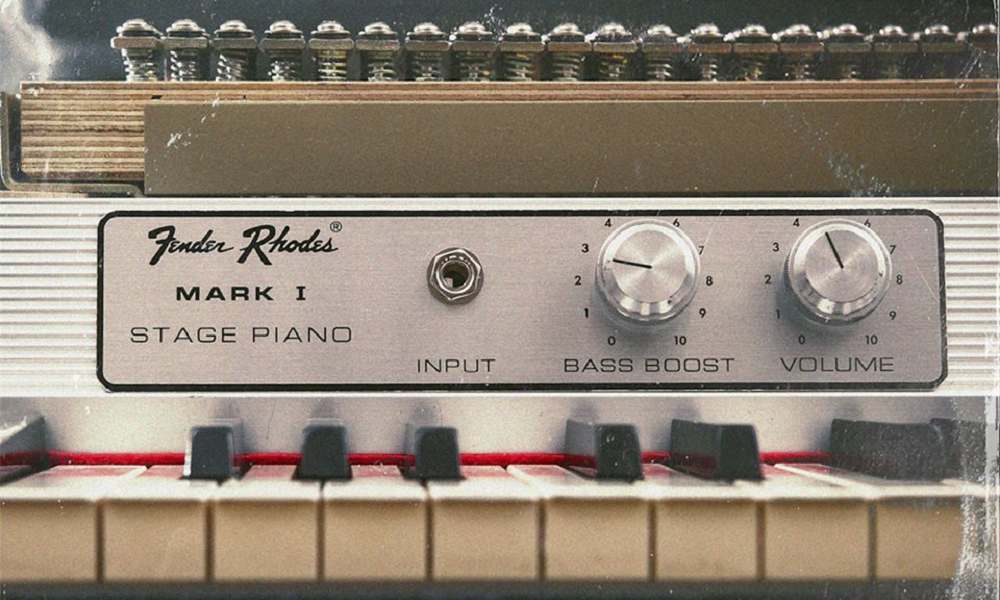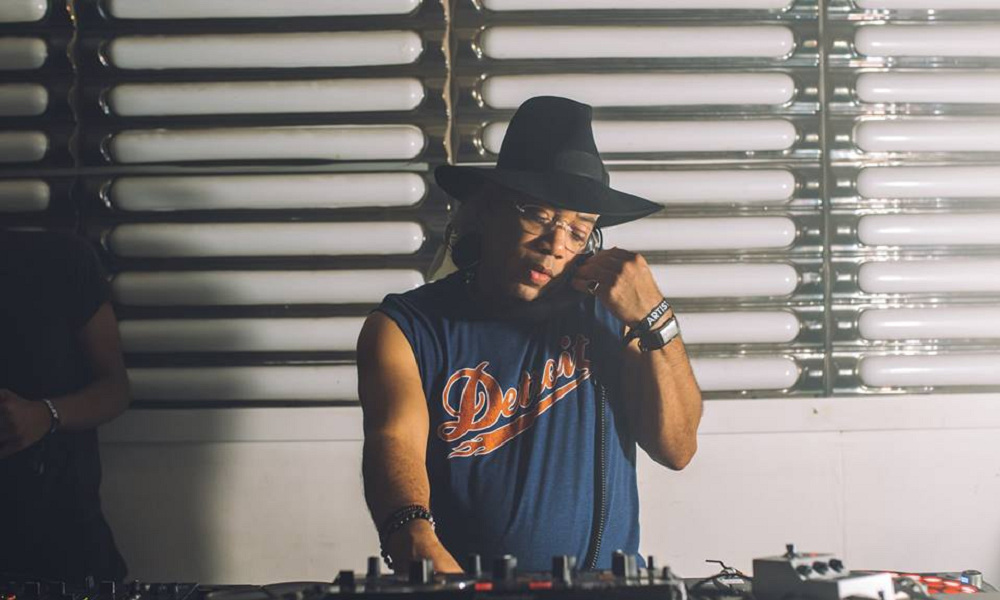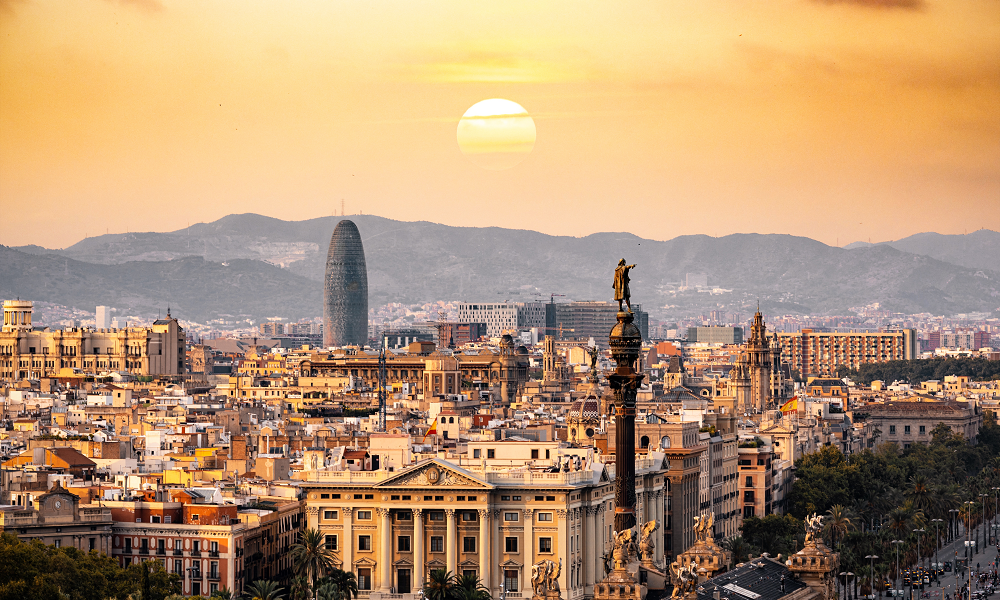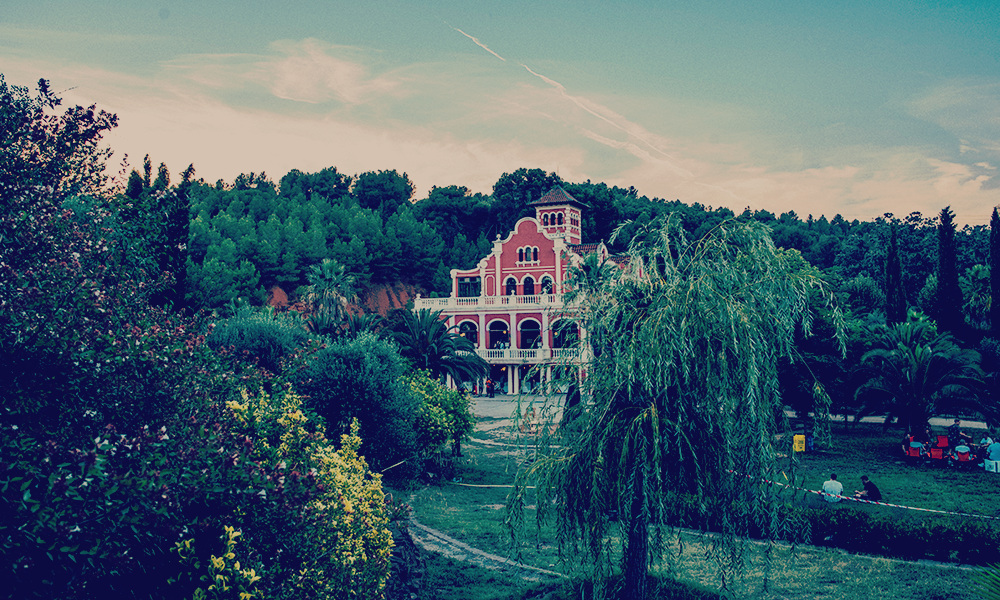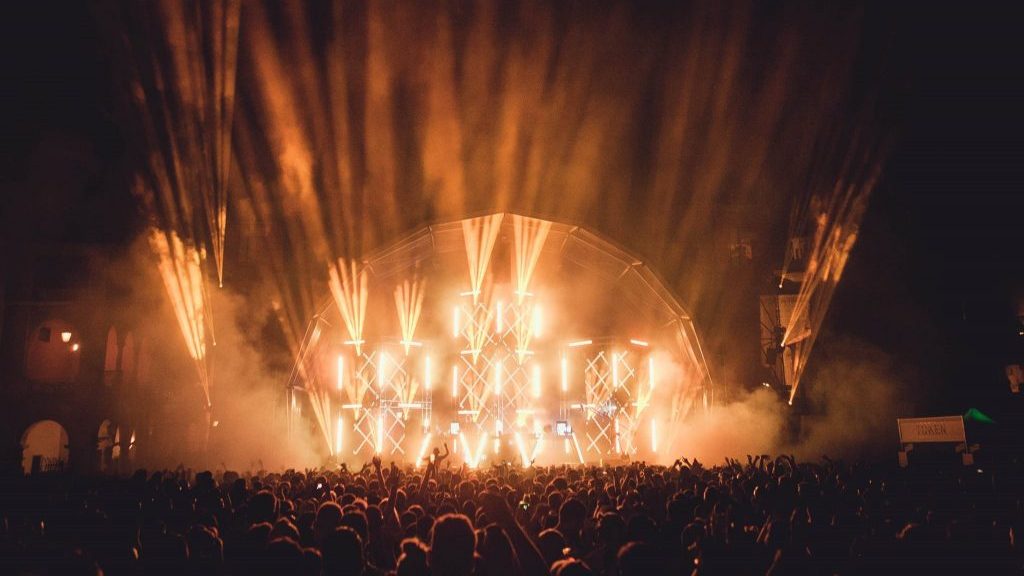Berlin. For many, the European capital of techno. For some, even the world capital. What makes this city the “Mecca of electronic music”? Experts talk about several factors that differentiate it from other European capitals. The first one: spaces. After the fall of the Wall in 1989, the eastern half of Berlin was overwhelmed by a western capitalist culture that found in the East zone large and homogeneous industrial warehouses of Soviet aesthetics. These became ideal spaces for the hedonistic imaginary that arrived from the Americas at the end of the century. They were ample spaces, not in perfect conditions, but with good escapes and large extensions that make them comply with any restriction or security regulation.
Second factor: rents. It may seem secondary, but it’s no coincidence that a very high percentage of electronic music artists live in Berlin. It’s a cheap city, especially if we compare it with other western capitals such as Amsterdam, Paris, Rome, Madrid or Brussels. Industry and big German corporations don’t usually set their headquarters in Berlin. Its hectic recent history is the main reason. Hamburg, Cologne, Frankfurt or Munich used to be the chosen ones. When Berlin was finally able to open to the world, it was too late. He was already walking behind the rest, a fact that lowered prices and allowed artists, bohemians and cultural professionals to find in this city a small oasis within the European corporate tsunami.
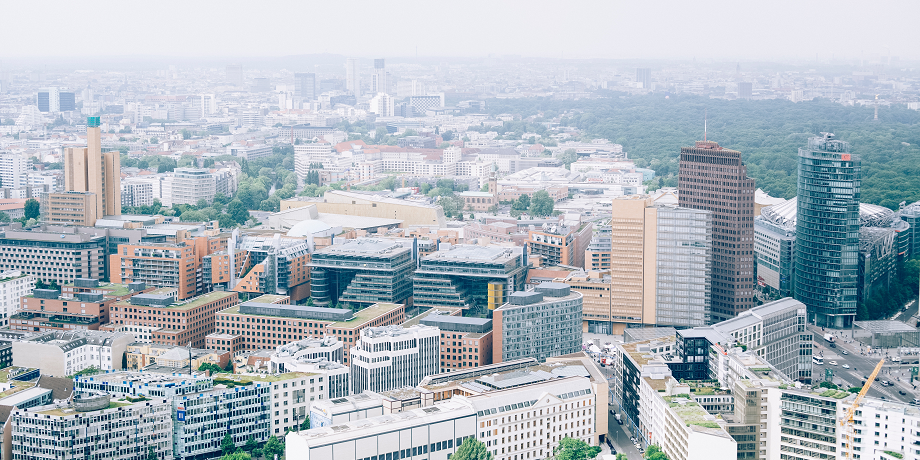
Almost without realizing it, more and more people related to music in general and to electronic music, in particular, found in Berlin the place to stay. Fans of clubbing and nightlife saw in these industrial buildings an opportunity to organize parties of great dimension and long duration: the regulations were affordable, the artistic offer was abundant and the clubbers demand, notable and ascending. Nothing could go wrong. Nothing was going to go wrong.
Berlin gives us a lesson 30 years later
This is the result. After almost 3 decades of long weekends, countless festivals and endless parties in locations of all kinds, Berlin has established itself as the capital of techno music at a European level, not to say at the international level and avoiding this way the misgivings from Detroit (origin of the genre). Those former Soviet factories, bank vaults and other abandoned spaces are still today nightclubs that have become a legend, having attracted 3 million tourists looking for partying in 2018. Each of them, on average, has spent 2.4 days in the German capital, spending an average of €205 per day. In total, 1.5 billion euros were contributed to the city throughout the year. Not bad at all…
The data comes from Club Culture Berlin 2019, the study carried out by the Berlin Club Commission on clubs, open-air locations and clubbers during the past year. The survey assures that there are 280 officially registered promoters and event organizers and that they have employed about 9,000 people, have resulted in 58,000 events throughout 2018 and have obtained a profit of €168 million.

When we talk about a cheap Berlin, we do it in every way. Also, from the user point of view. That is another of the main reasons that keep the city as the electronic music capital. By nature, an underground clubber will always avoid excessive spending. Berlin also does it, generating that affection between both parts and that fidelity in the Berliners and in all those who visit the city. According to Club Culture Berlin 2019, the access to the clubs had an average cost between €5 and €15. Bar prices are also not far from common sense. While in Paris they could charge up to €10 for a beer, in Berlin they will never ask for more than €4. However, the drinks sale at the bar in parties stands as one of the main sources of revenue for the industry.
The 3 kings of the game
280 are the promoters who organize parties in Berlin, but the great attraction for those who visit the city are the clubs, either indoor or open-air. Wilden Renate, Sisyphos, Katerblau, Ritter Butzke, Griessmühle, :// about blank… but, above all, the three great jewels of the crown. It’s Lutz Leichsenring, spokesman for the Berlin Club Commission, who says it: “Berghain, Tresor and Watergate offer a unique selling proposition”.
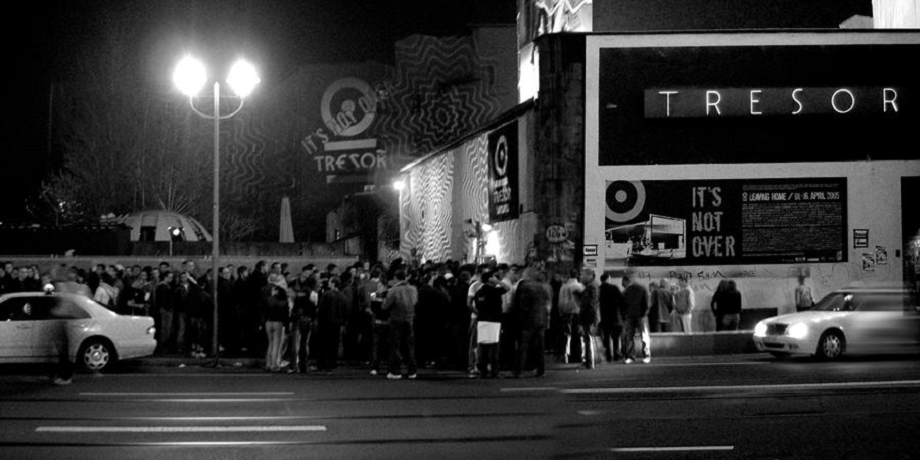
These figures only attest to the concept, already established years ago in Berlin, that the night scene is a great cultural value for the city and its inhabitants. Berlin exists on the world map of many young people thanks to electronic music and that is nothing to be ashamed of. Quite the opposite. The public entities, mainly the Rotes Rathaus, devote every year a considerable amount of public resources to the maintenance of this scene and to the impulse of those artists who need it the most.
The most recent example is the disbursement confirmed by the Club Commission to soundproof all those clubs that need it in order to minimize the inconvenience to the rest of the population. The initiative will give a total of €100,000 to some of the clubs in the city. Meanwhile, in other countries, we look towards Berlin with healthy envy and a sigh of hope. There we have the mirror in which to look at ourselves, the example to follow, the proof that the party is not the problem.
(Cover Image: © Simon Tartarotti on Unsplash)




